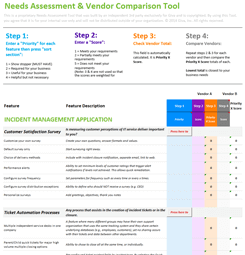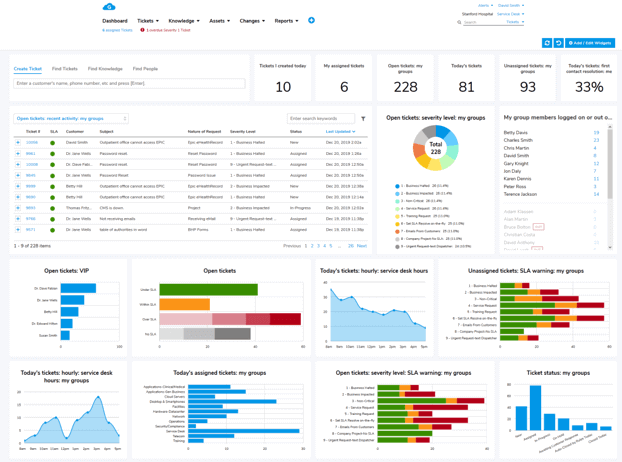Giva’s List of 24 Top Call Center Statistics for 2025
Call centers are a mission-critical component of numerous types of businesses, from banks to healthcare providers, telecoms to airlines.
Call center managers operate in a world of data, statistics, Key Performance Indicators (KPIs), customer satisfaction, and dozens of other metrics. It can be difficult to know which call center productivity metrics are the most important.











